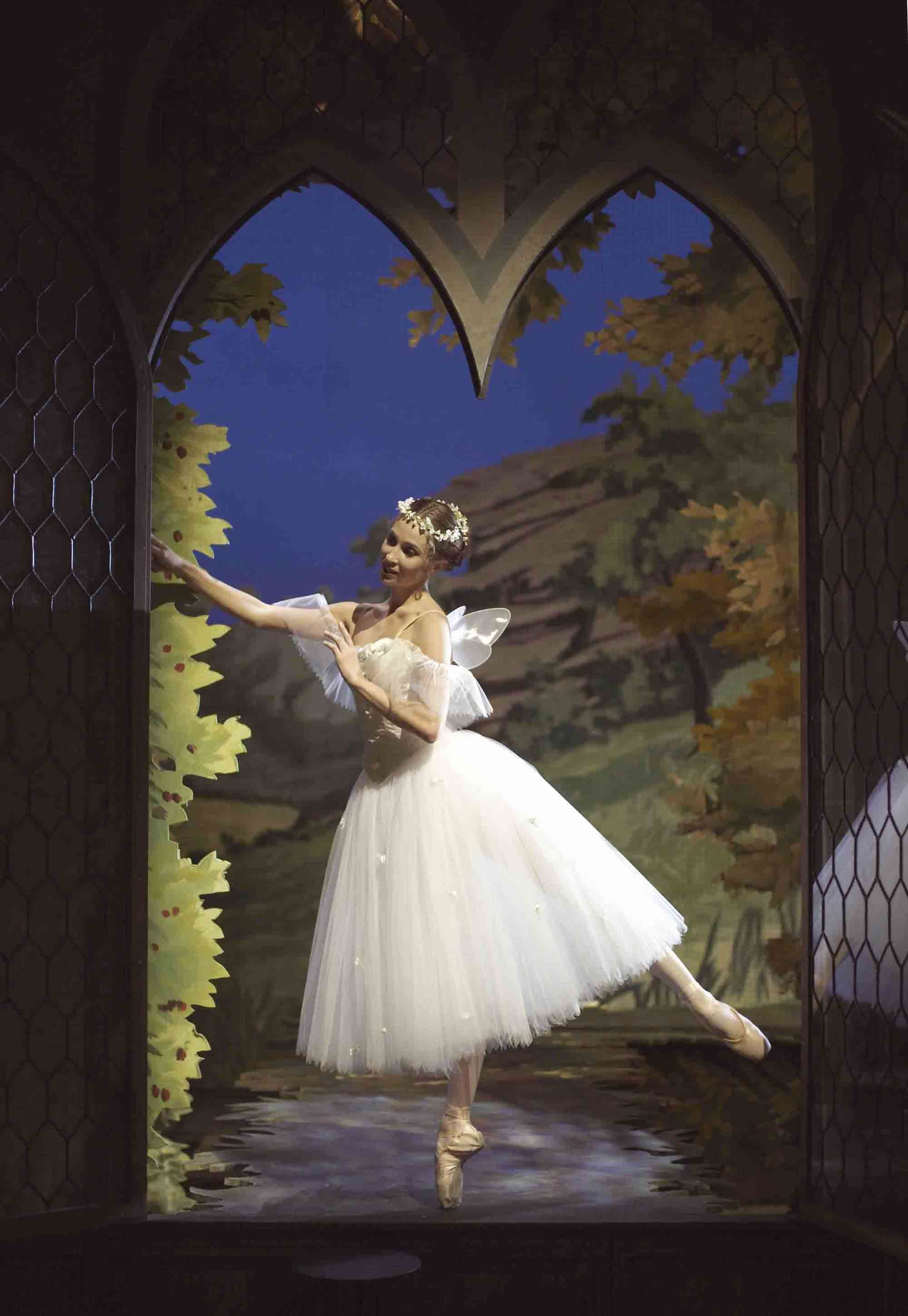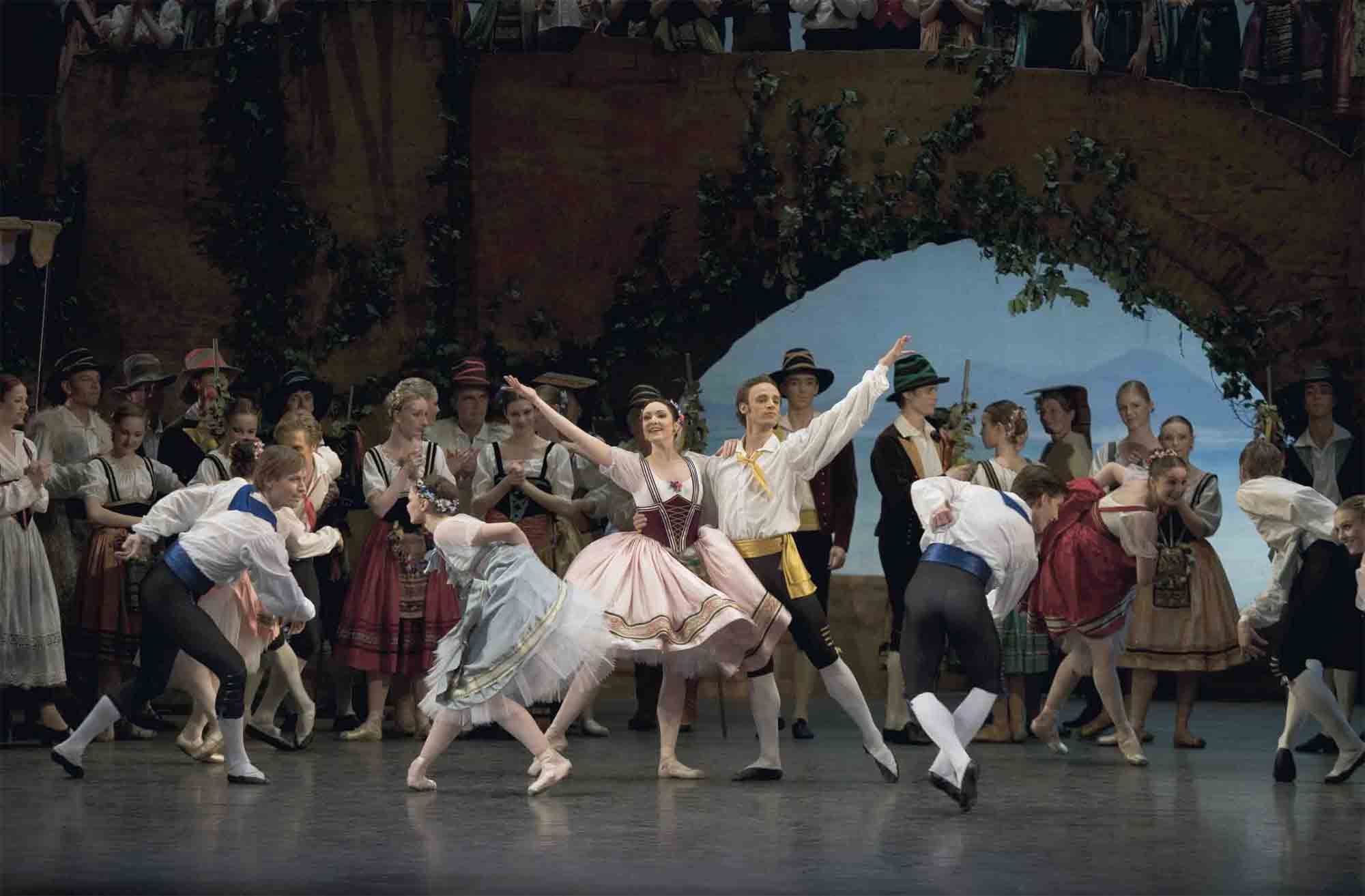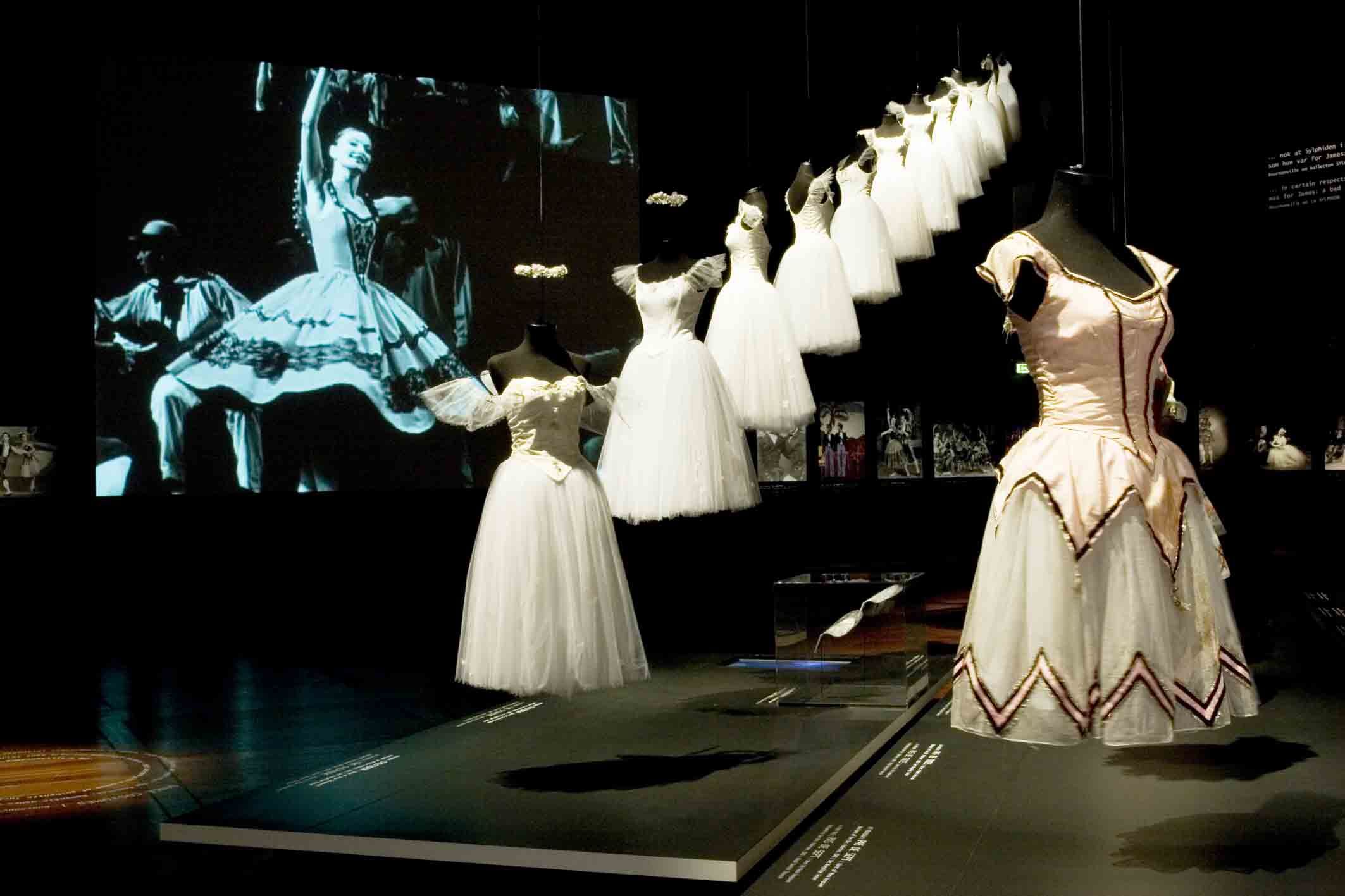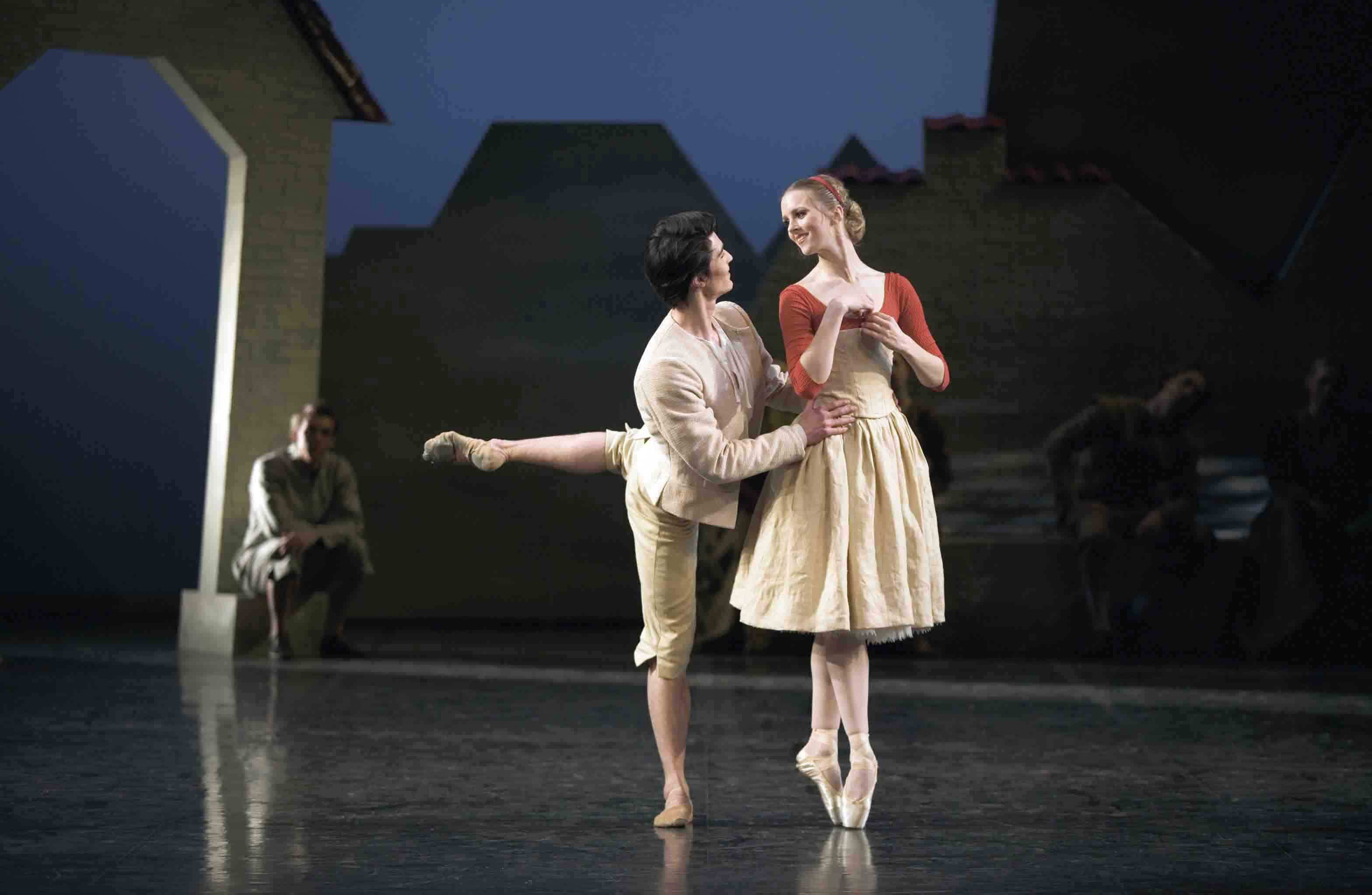Royal Danish Ballet: Bournonville Festival / Royal Theatre, Copenhagen / June 3-11, 2005
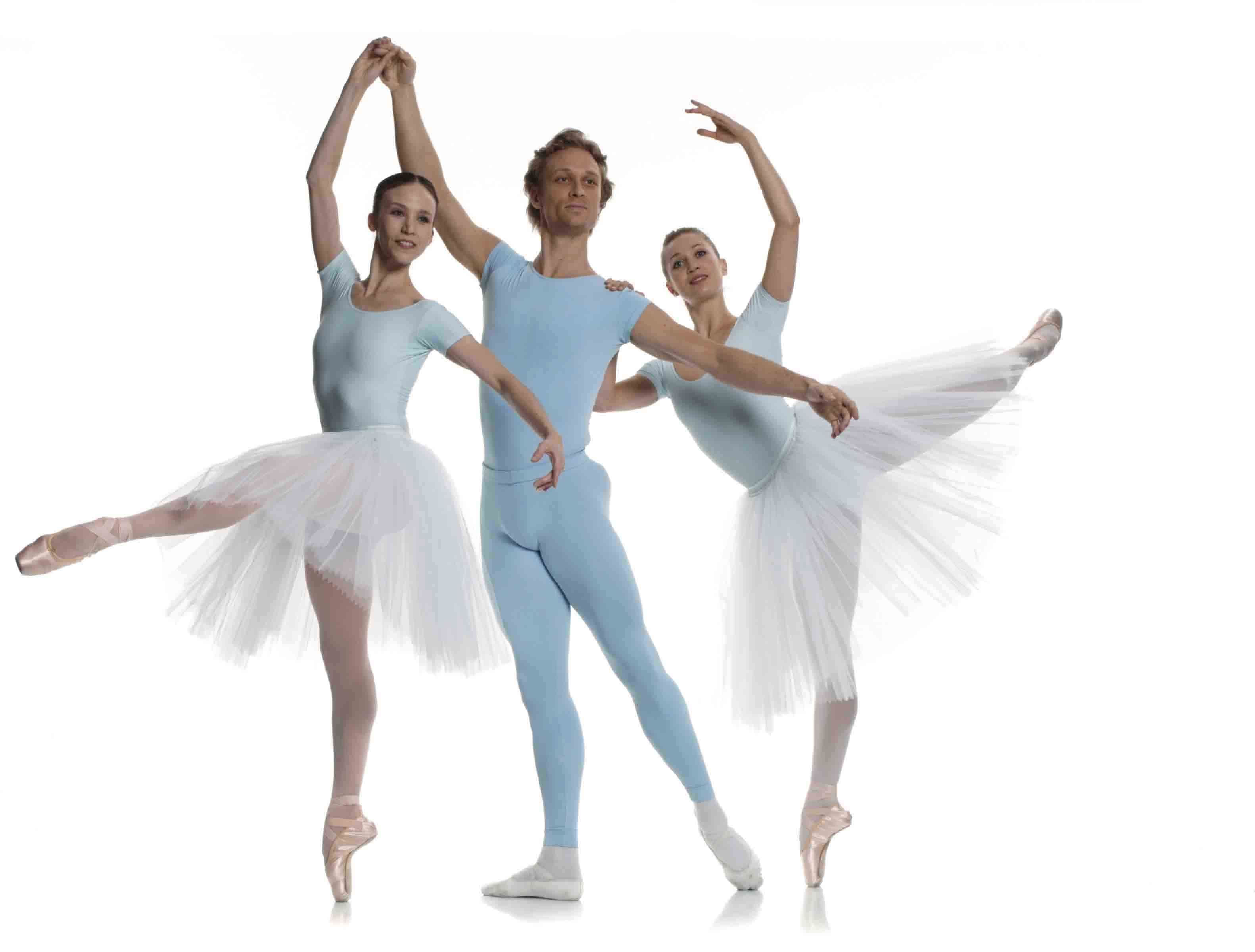
Some of the most wondrous dancing in the Bournonville Festival came not from the ballet-by-ballet excursion through the master’s extant works on the Royal Theatre’s capacious, ornate Old Stage, but from a half dozen 45-minute sessions on the stark, small Stærekassen stage—one each for the six Bournonville Schools. These set classes formed the backbone of the Danish dancers’ training from the end of the nineteenth century through the first three decades of the twentieth and are still revered (and used) as a lexicon of the Bournonville style.
The classes, named for the days of the week and originally danced on the corresponding day (if we’re doing Wednesday Class, it must be Wednesday), were the work of Hans Beck, who led the Royal Danish Ballet from 1894 to 1915. Fearing that the Bournonville legacy might be lost, he canvassed the older dancers’ personal memories of Bournonville’s teaching. The Danes being, until our forget-everything times, compulsive recorders, many of the elders had made written notes of enchaînements they had particularly admired or—despite their fiendish intricacy—enjoyed doing. These eventually came to be accompanied by tunes that, though mostly lowbrow in quality, had an undeniable dansant quality. Augmenting this material with brief passages from the ballets, Beck made his compilations, which were then passed down, dancer to dancer, in the manner of oral literary tradition. In 1979, the late Kirsten Ralov, after much consultation with the dancers of her own generation and the preceding one, gave the classes their first published form—the choreography set down in words as well as formal dance notation, plus the accompanying scores. (This meticulous, exhaustive recording lacks only the naughty lyrics some of the male dancers devised to accompany the tunes, to relieve the boredom of executing the same exercises over and over again, from pupilhood to retirement.)
The 2005 Bournonville Festival has been the occasion for an amplification of Ralov’s project, with the enchaînements reedited after further research and, most significant, a DVD on which one can see the dancers of today executing the material. The importance of the visual component is enormous. Dance scholars and teachers will no doubt benefit from reading the texts of the choreography, but dancers themselves live by watching and doing. The gift of the material in embodied form is so generous as to constitute folly. As one of the Danes associated with the project commented wryly, “Would Carlsberg give out, almost for free, its recipe for beer?”
The Stærekassen lecture-demonstrations of the Schools were led by Anne Marie Vessel Schlüter, once a spirited demi-caractère dancer with the RDB and now the energetic head of its school, who celebrated her 40 years with the company during the Festival. Her pithy introductions to the material were seconded by guest speakers who’ve had a lifetime’s association with the Bournonville legacy, among them Flemming Ryberg, one of the company’s senior Bournonville stylists; Erik Aschengreen, fondly called the dean of Danish dance critics; and the musicologist Ole Nørlyng. Then, as is only right, the talking gave way to dancing. On a given day, a lavish selection of the enchaînements belonging to that day’s class were performed by a handful of company dancers and children from the school—all as disarming in their modest demeanor as they are formidable in their prowess.
This was Bournonville laid bare. Without the support of story or scenography, here was the pure dance material, the ingenious combination of steps that excited the admiration of no less a dance master than Balanchine. These are some of the things I noticed:
First off, a pervasive buoyancy and musicality. And then . . .
Pirouettes of every sort, often taken with the working foot held demurely low, at the ankle, rather than the knee, as is now the custom. Turns on half-toe for the women, who are now used to executing them on pointe. These throwbacks to the past confront today’s dancers with humbling challenges.
Small jumps adorned with flickering beats; huge sailing leaps with the back leg curved as if to outline a crescent moon.
Whirling turns and straight-up jumps springing without hesitation from juicy deep knee-bends.
Unusual shifts in balance; unexpected changes of direction; sly timing that keeps both dancer and viewer alert.
Formidably long enchaînements that zigzag through the space, incorporating everything but the kitchen sink—allegro and adagio; steps that make much of returning to a single spot on the dancing ground; others that skim over it in a diagonal path or shoot away from earth into the air; filigreed stuff suddenly splurging out into grand gestures; big moves returning to a home base that is all quiet composure.
Shifts off the vertical on the ground and, uncannily, in the air.
Unanticipated brief halts in the action so that the finish of a step is held in a frozen picture, revealing any flaw that ongoing action might kindly have concealed.
And, while the legs and feet are so busy, a complementary use of the arms (often held low, still and relaxed), the shoulder girdle, and the head—even the eyes’ glance. These tactics, called épaulement, give the dancing its beautiful plasticity and its look of sculpture that has miraculously taken on flesh and breath.
The intention throughout is to execute the killer combinations (altogether there are some 150 of them) with playful grace, so that the spectator’s impression will not be that of an amazingly built physical machine attempting the impossible but, simply, one of danseglæde, the joy of movement. Buy the DVD and its accompanying book and try it.
Photo: Henrik Stenberg: Caroline Cavallo, Mads Blangstrup, and Gudrun Bojesen in Friday Class from the Bournonville Schools.
© 2005 Tobi Tobias




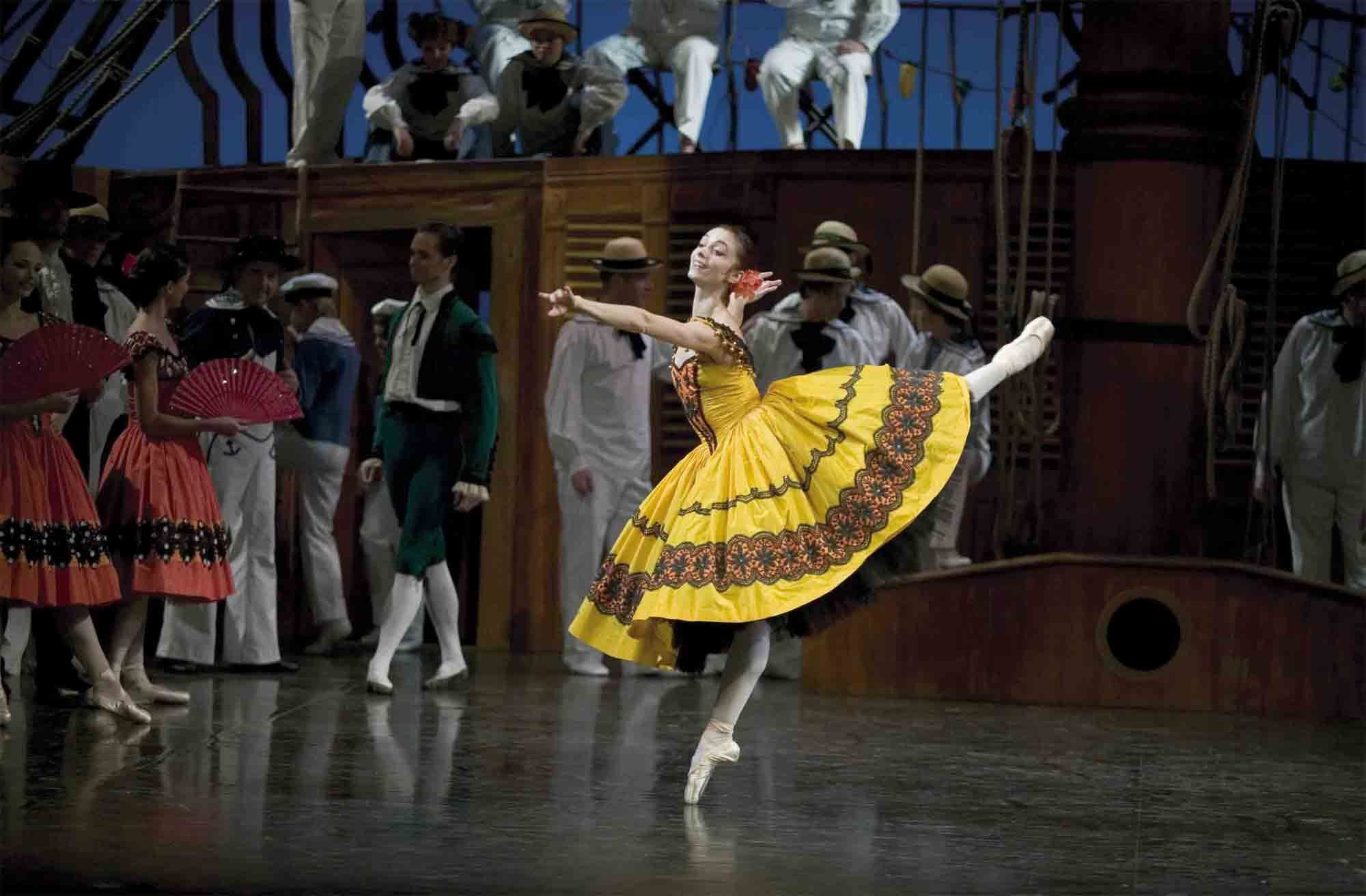
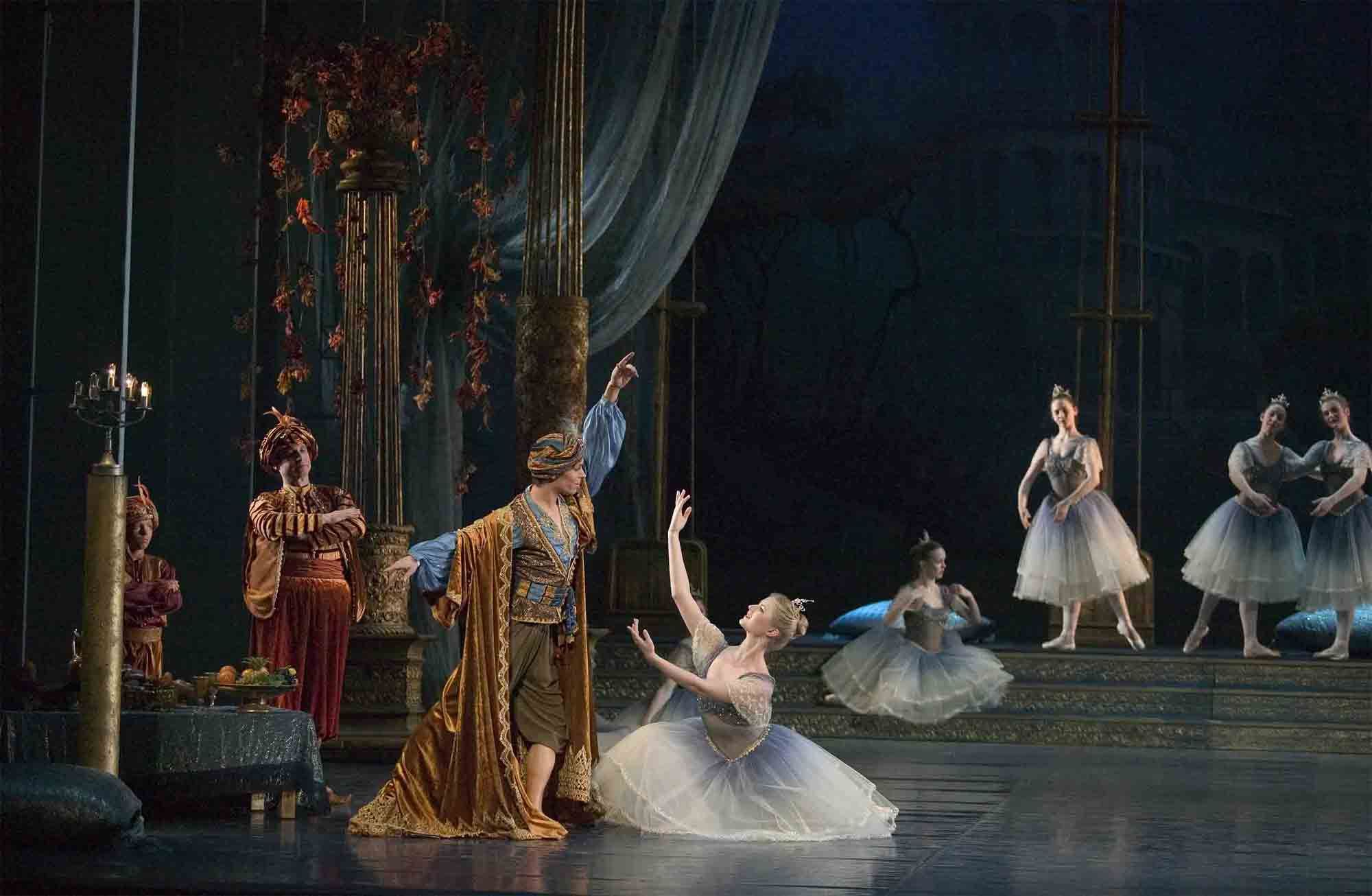
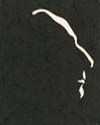 The most comprehensive—and enchanting—of these shows is Digterens Teaterdromme: H.C. Andersen og Teatret (The Poet’s Theater Dreams: Hans Christian Andersen and the Theater) at The Black Diamond, the ultra-modernistic branch of the Royal Library, an immense, thrusting black glass shape that seems to cleave space to look out over the water.
The most comprehensive—and enchanting—of these shows is Digterens Teaterdromme: H.C. Andersen og Teatret (The Poet’s Theater Dreams: Hans Christian Andersen and the Theater) at The Black Diamond, the ultra-modernistic branch of the Royal Library, an immense, thrusting black glass shape that seems to cleave space to look out over the water.